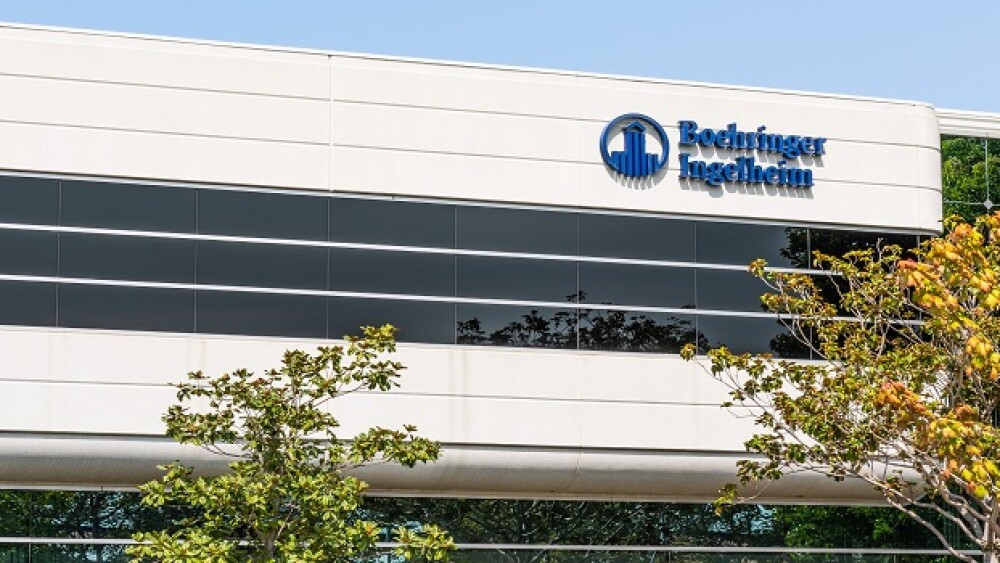A recent report by Tufts Medical Center reveals impressive approval rates for durable cell and gene therapies, but experts urge caution over persistent safety and accessibility concerns.
Pictured: A 3D illustration of a DNA particle complex /iStock, peterschreiber.media
At a time when the volatility in the biopharma market is scaring investors—with layoffs and pipeline cuts abounding—a new report suggests that cell and gene therapies could be safer bets than other types of drugs.
A new study by the Tufts Medical Center’s New Drug Development Paradigms (NEWDIGS) program, funded by the Alliance for Regenerative Medicine, found that durable cell and gene therapies for blood cancers and orphan diseases are 2 to 3.5 times as likely to succeed than other therapeutic modalities for similar conditions.
CAR-T and T-cell receptor therapies for blood cancers are three times as likely to be approved when entering Phase I as the average oncology drug and more than twice as likely to be approved compared to the average hematological oncology drug, the report notes. It further states that gene therapies for orphan diseases are two times as likely to be approved when entering Phase I compared to other drugs in similar therapeutic areas, which it defines as including hematology, autoimmune, metabolic, neurology and ophthalmology.
Industry experts told BioSpace these findings were expected given the “directed” nature of cell and gene therapies. Unlike small molecules and biologics, cell and gene therapies are highly precise and targeted, contributing to their higher likelihood of success, said Gaurav Shah, CEO of Rocket Pharmaceuticals, which develops gene therapies for rare diseases.
David Barrett, CEO of the nonprofit American Society of Gene & Cell Therapy, echoed that statement and said that ASGCT’s latest quarterly landscape report showed a robust and steady base of clinical trials across CGT and RNA therapeutics. In its quarterly report last month, the organization noted that the number of gene therapies in Phase I development has increased by 7% since the previous quarter.
While the report’s findings may have been intuitive, no prior analysis had put real numbers to the clinical success of gene therapies, said Mark Trusheim, strategic director of NEWDIGS, who spearheaded the study. Trusheim’s team began the analysis by calculating the clinical trial success rates of all cell and gene therapies from 1988 to 2021 using the National Institutes of Health’s registry, ClinicalTrials.gov. Next, they compared those results with the success of other treatment modalities that the Biotechnology Innovation Organization and IQVIA had already analyzed. “Another so-what of these findings is for investors, who can now factor in the compounding success of gene and cell therapies,” Trusheim told BioSpace.
Safety, Accessibility Concerns Stem Excitement
Many industry experts, however, pointed out that the mere clinical success of these therapies is not enough to keep investor apprehensions at bay.
While CGTs offer great promise in curing some diseases, safety concerns have plagued the field from its early days in the 1990s and have led to myriad clinical holds issued by the FDA over the last two decades. Advancements in the area and the advent of gene-editing tools such as CRISPR further increased excitement, but safety issues came to the fore once again in 2021, when a young patient with a rare neuromuscular disease died after receiving gene therapy in a clinical trial run by Astellas Pharma. Moreover, in November 2022, 27-year-old Terry Horgan died after receiving an investigational CRISPR-based therapy for a rare form of Duchenne muscular dystrophy. Experts believe his death was linked to the virus used to deliver the therapy.
Arun Upadhyay, CSO and head of research, development and medical at CGT company Ocugen, said that most safety concerns stem from the vectors used to deliver the therapies rather than the therapies themselves. Another major concern is related to the “off-target” delivery and expression of these therapies, Upadhyay told BioSpace. Recently, the FDA flagged concerns about the potential off-target effects of Vertex and CRISPR Therapeutics’ gene therapy for sickle cell disease, exa-cel. “All these safety concerns will need to be addressed by the next generation of gene therapies to make them successful in the market,” Upadhyay said.
Meanwhile, some industry insiders say the astronomical price tags for these therapies limit access. A recent analysis by the Institute for Clinical and Economic Review found the average cost of gene therapy is between $1 million and $2 million per dose.
“Some investors have been a little surprised the cost hasn’t come down as rapidly as they might have thought, which has resulted in poor commercial uptake of these therapies,” said London-based life sciences consultant Sven Kili. According to him, investors also question the ability to generate regular revenue regeneration, especially for ‘one-and-done’ gene therapies.
He added, however, that the field is still growing and developing and said a therapy that may get approved for one indication is also highly likely to work for other indications. “It is a lot like computers in the early days, which were expensive, but the cost did come down over time,” Kili told BioSpace. “The prices of gene therapies will come down eventually.”
Meanwhile, a high manufacturing cost and the need for skilled professionals to develop these therapies have kept prices high, said Nicholas Siciliano, CEO of Vittoria Biotherapeutics, which aims to develop cell therapies in under a week using its patented technology, thus bringing down their cost. “Infrastructure, manufacturing, and logistics for cell and gene therapies are all being worked out. This is a very capital-intensive field,” he said.
Despite these concerns, the Tufts report urges investors to consider the full likelihood of approval when comparing their options, not only the immediate next clinical milestone. “Durable cell and gene therapies are demonstrating transformative patient impact; their clinical success rates may also transform drug development and associated financial returns,” the authors conclude.
Next, Trusheim and his team plan to remodel their analysis by including clinical trial data on cell and gene therapies from 2022, and are hoping to have the updated findings by fall 2024.
Aayushi Pratap is a New York-based health and science journalist and an alum of Columbia Journalism School.






